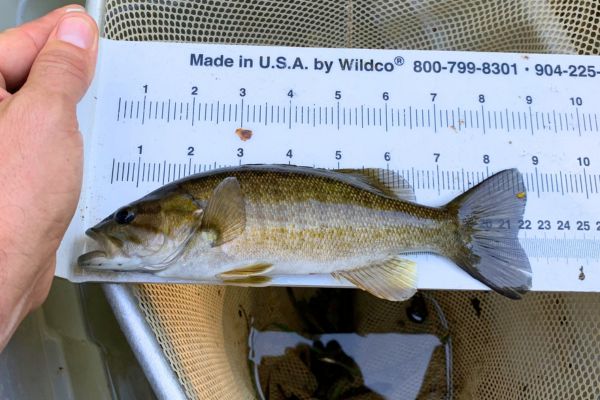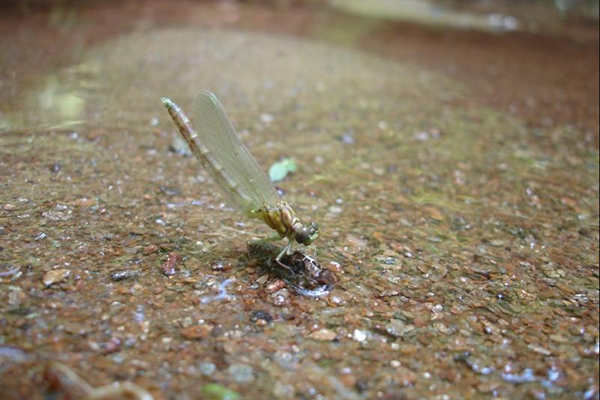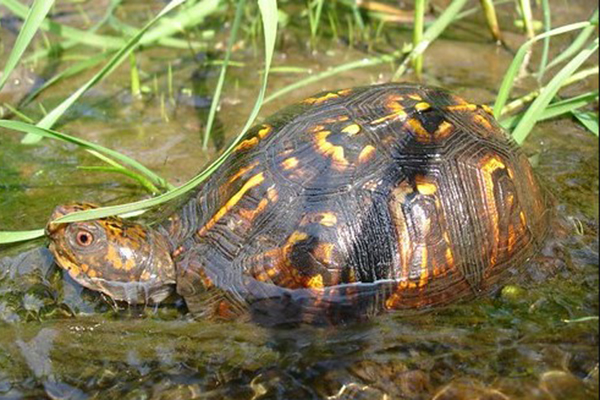Stream Health - What We Monitor
Stream health and how it effects our drinking water is important to all of us. The cornerstone of the entire Clean Water Montgomery program is extensive water quality monitoring that is data driven and steeped in science for accuracy and precision.
Montgomery County monitors stream water to assess the aquatic habitat and environmental impacts on organisms. By monitoring the stream health, scientists study bio-indicators such as a range of aquatic organisms that are dependent on clean water, normal water flow and sufficient habitats for survival. Evaluating species diversity, reproductive health and water chemistry provide indicators for the stream’s overall health. A diverse aquatic community indicates a healthy water system.
Here are some of the things Montgomery County biologists monitor to determine stream health:
- Pollution in bodies of water throughout the County
- Streams that have been damaged and need to be repaired
- The effectiveness of watershed restoration projects in improving water quality
- Stream conditions in the County’s Special Protection Areas (SPAs)
- Consistently meeting the County's water quality goals and standards
Frequently Asked Questions
What does DEP do with biological data?
DEP uses biological data to assess stream conditions and watershed health. This information allows DEP to make sound planning and project decisions. We also use this information to create our stream conditions map and inform the state and federal regulators and the public about the County’s watershed health.
What is IBI? (Index of Biotic Integrity)
Index of biological integrity (IBI) is a measurement of stream health. It uses data to generate a rating of the aquatic life in the stream. This helps our biologists determine overall watershed health. In Montgomery County, two different IBIs are used: a benthic macroinvertebrate or “stream bug” IBI (BIBI) and a fish IBI (FIBI). The first measures short term impacts and adjusts quickly to stressors. The second provides a more stable indicator of long-term stream and watershed health since fish are longer living and more mobile than stream bugs. These IBIs are then combined to reach a final watershed health “score”.
What is the process of selecting sites?
Sites are selected using Generalized Random Tessellation Stratification (GRTS). This may sound complicated, but it just means that a computer program selects sites randomly but distributes them evenly across a watershed to get a more complete picture of a watershed’s health. Monitoring is conducted over a 5-year period. Once completed, the data is analyzed, and biologists can determine the watershed health.



.jpg)